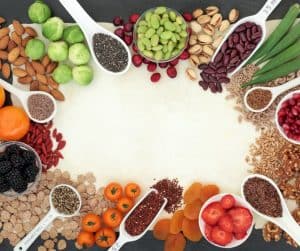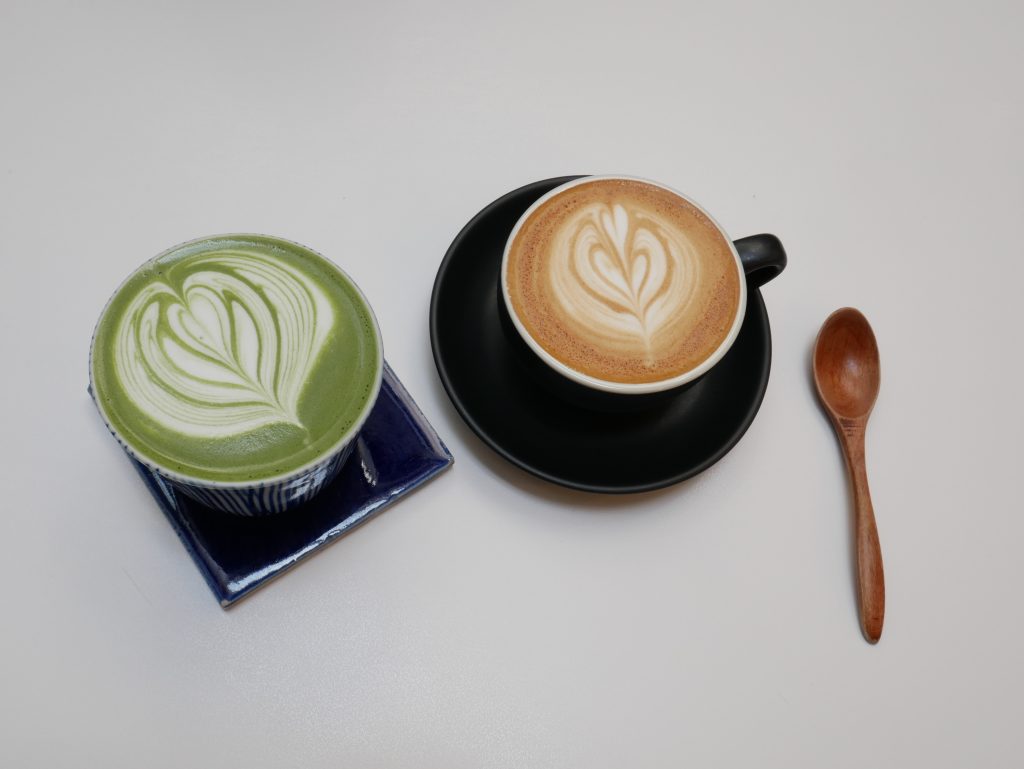
Green tea is just one of several teas beneficial for athletes. Packed in antioxidants, green tea is considered to have the highest polyphenol and therapeutic effects because it remains unoxidised during processing, where-as the other tea leaves are oxidised. Green, black and oolong tea is produced from the same plant Cameliia sinensis but their taste, constituents and colour vary depending on how the leaves are processed.
Green tea is packed with antibacterial agents and the phytonutrients also help counteract inflammation. Regular intake improves tendon, cartilage and collagen health in athletes.
There are lots of different kinds of green tea depending on growing and harvesting methods. Our favourite is a Japanese tea called Genmaicha “brown rice tea” which is blended with roasted popped brown rice. The sugar and starch from the rice cause the tea to have a warm, full, nutty flavour without bitterness. It is considered easy to drink and can soothe an upset stomach.
Other popular options include the Japanese varieties of Sencha and Jasmine (which is often mixed with white and black tea).
Green tea is an excellent substitute for coffee drinkers. Although the average cup of pure green tea usually contains around 25 milligrams of caffeine, this is considered to be a low amount of caffeine when compared to around 100-180 milligrams in a typical coffee.
So often athletes get a false sense of energy when they are pumped full of caffeine. Over the long term, this can set them up for adrenal fatigue, over-training issues, nutrient depletion, dehydration and chronic injuries. Green tea provides a great “pick me up” without flogging the adrenal glands. To further reduce your daily caffeine load, and avoid sleepless nights, you may like to consider these tips:


Kate Smyth is a sports naturopath, nutritionist and female-centric running coach. She is the founder of the Athlete Sanctuary – a holistic healthcare clinic for athletes of all levels and sporting codes.
Kate has a thirst for knowledge, with two bachelor’s and a master’s degree under her belt. She has been involved in sports for many decades and competed for Australia in the Commonwealth Games and Olympic Games marathons with a personal best time of 2 hours 28 minutes.

Kate Smyth is a sports naturopath, nutritionist and female-centric running coach. She is the founder of the Athlete Sanctuary – a holistic healthcare clinic for athletes of all levels and sporting codes.
Kate has a thirst for knowledge, with two bachelor’s and a master’s degree under her belt. She has been involved in sports for many decades and competed for Australia in the Commonwealth Games and Olympic Games marathons with a personal best time of 2 hours 28 minutes.
Targeted naturopathic care, nutrition and holistic coaching for active individuals.
Normatec Recovery systems- hire and purchase
Birregurra -28-30 Strachan Street,
Torquay- 20 Cantala Drive, Jan Juc
TELEHEALTH – Aus wide, New Zealand, Canada and globally (except US)
Melbourne and Ballarat clinics are currently online